Will a 2007 – 2009 Redux Occur in 2016?
 Telos Wealth Management Posted on
Telos Wealth Management Posted on  Friday, January 15, 2016 at 12:49PM
Friday, January 15, 2016 at 12:49PM An introductory note from Sean Gross: The following commentary was written by Gabriel Hament, Foundation and Charitable Accounts, and David Kotok, Chairman & Chief Investment Officer, at Cumberland Advisors (www.cumber.com). Their commentary, reprinted with permission, offers a detailed and helpful analysis of whether the recent sell-off in global risk assets is a precursor to something worse (i.e., a repeat of the 2007–2009 global financial collapse), or a temporary downturn, which will eventually be followed by a significant upturn. Please feel free to contact us directly with any questions you may have about this article and/or your accounts: 509-509-664-8844/Info@TelosWealth.com.
The “Greenspan Put” or the “Yellen Bid”?
January 15, 2016
In his recent dispatch on the daily market gyrations, Art Cashin relays to us the various rumors swirling around on the exchange floor. Art’s reasons for the red paint on the tape include:
- Sovereign wealth funds forced to liquidate due to currency/oil sell-offs
- Hedge funds putting to bid stock positions in order to cover losses in their commodity positions
- Heavy sell programs triggering margin calls
Will the carnage across asset classes continue?
To answer this question, Art draws on the research of SentimenTrader’s Jason Goepfert. Jason notes that the “S&P 500 has now corrected 10% from a near 52-week high for the second time in a relatively short span… this has only happened three times in the last 100 years – 1929, 2000, and 2008. Additionally, 90% of volume has flowed into declining stocks.”
Jason assigns probabilities to three scenarios going forward:
1) Oversold bounce: 50%
2) Flush lower then bounce: 30%
3) Outright collapse of 5%–15%: 20%
All three extreme events that Jason cites – 1929, 2000, and 2008 – share a common thread: serious deterioration in a sector of the credit markets. There is the source of the pain. The contraction of credit reverses the multiplicative power of credit.
Extreme sell-offs occur due to credit contraction. We see such sell-offs now in the high-yield space (e.g. Third Avenue) and in junk funds that own high-yield instruments. The prospectuses of multiple junk funds reveal that the high-yield securities include non-US debt with currency hedges or debt denominated in USD by those who cannot pay.
Our previous commentary titled “Contagion Risk, Big Banks, Junk Funds” provides an in-depth analysis on which high-yield funds have upwards of 20% of their holdings in these types of issues. Some of these funds currently appear at the top of Morningstar’s rating lists.
However, a 2007–2009 redux will not occur in 2016. The underlying source of the credit that has dragged down the market originates from central banks. We believe the power of very low interest rates stretched over a long period of time will continue to fuel higher asset prices. A discount rate of zero, 1%, or even 2% results in very large numbers for asset pricing. Broad-based market sell-offs such as the one in which we find ourselves are set-ups for massive bull entry points.
Hope is not a strategy. And fear provides the entry signal.
Gabriel Hament, Foundation and Charitable Accounts
David R. Kotok, Chairman and Chief Investment Officer
Forward-looking statements are not guarantees of future performance and involve certain risks and uncertainties, which are difficult to predict. All indices are unmanaged, and investors cannot invest directly in an index. Unlike investments, indices do not incur management fees, charges, or expenses. Past performance is no guarantee of future results.
###

